We all know Halloween as the holiday when we dress up, watch scary movies and eat more Halloween candy than any adult ever should. But Halloween has a really interesting history that most of us don't know.
Halloween originated with the ancient Celtic festival of Samhain when people would wear costumes and light bonfires to ward off the ghosts. Samhain marked the end of summer and the harvest. This was also the day the Celts believed the ghosts of the dead returned to the earth.
They would leave open their doors hoping good spirits would come into their homes. Some believed that the spirits would be entertained by the living and others thought if they dressed up as a ghost, goblin or witch, they could avoid being possessed by the ghosts.
When November 1st became All Saints Day, a lot of those traditions were incorporated into the traditions of Samhain. This is what would come to be known as All Hallows Eve, a day honoring all the saints that didn't have their own holiday. On this day, many churches would hold vigils and people would prepare for the day by fasting and praying.
In America, the celebration of Halloween was limited because of the strong Protestant beliefs.
After some time, the church incorporated many Christian beliefs into the holiday and the European ethnic beliefs and the beliefs of the Native Americans meshed and formed something very similar to what we know as Halloween today. This includes telling ghost stories, telling each other's fortunes, dancing and singing.
Halloween really started to flourish in American during the Irish Potato Famine when millions of Irish immigrated to America.
By the 1900s, everyone in America was having Halloween parties and letting their kids go trick-or-treating. Now the holiday is mainly centered around community events and less around the original tradition of honoring the dead. Even though we don't give it much attention these days, Halloween is much more interesting than parties and costumes.

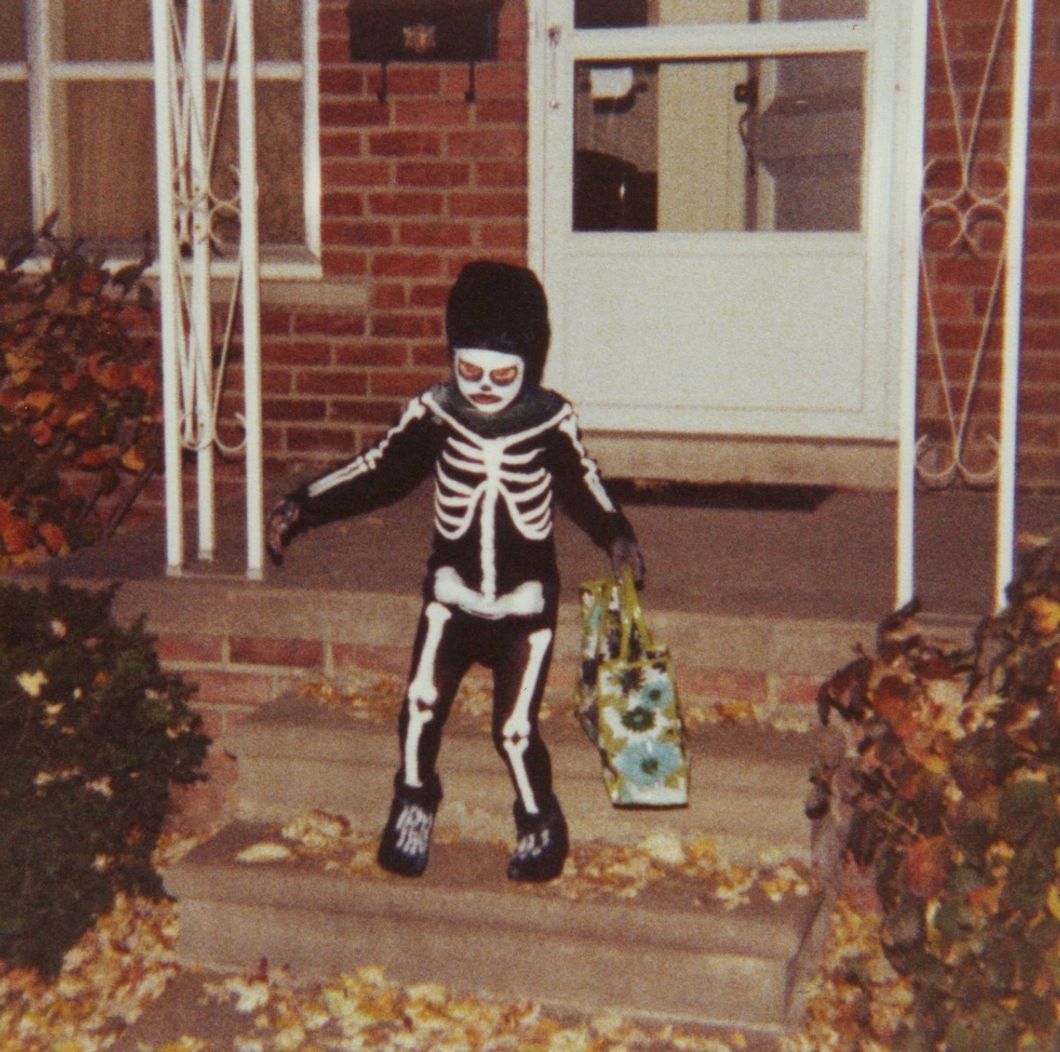


 man running in forestPhoto by
man running in forestPhoto by 
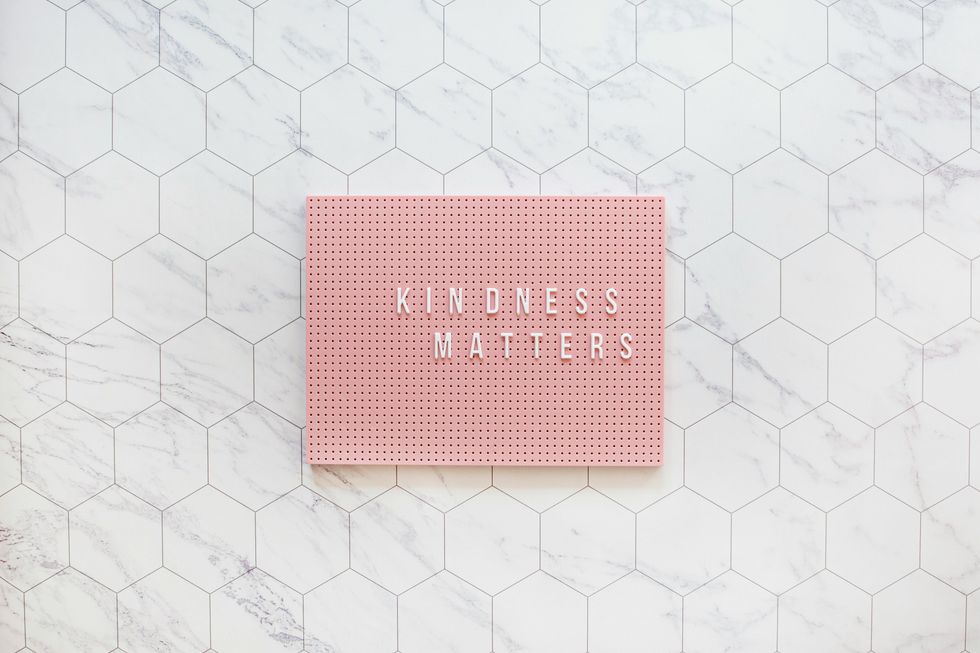

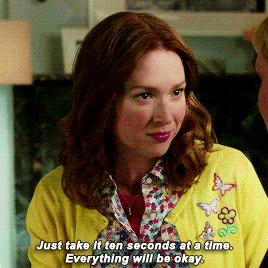


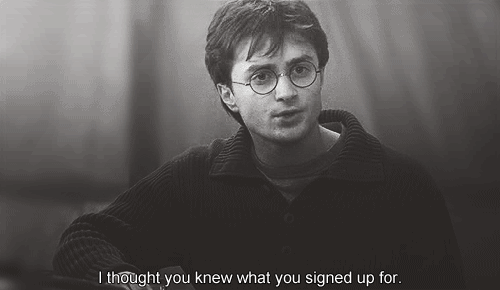 "I thought you knew what you signed up for."
"I thought you knew what you signed up for." man and woman in bathtub
Photo by
man and woman in bathtub
Photo by  four women sitting on black steel bench during daytime
Photo by
four women sitting on black steel bench during daytime
Photo by 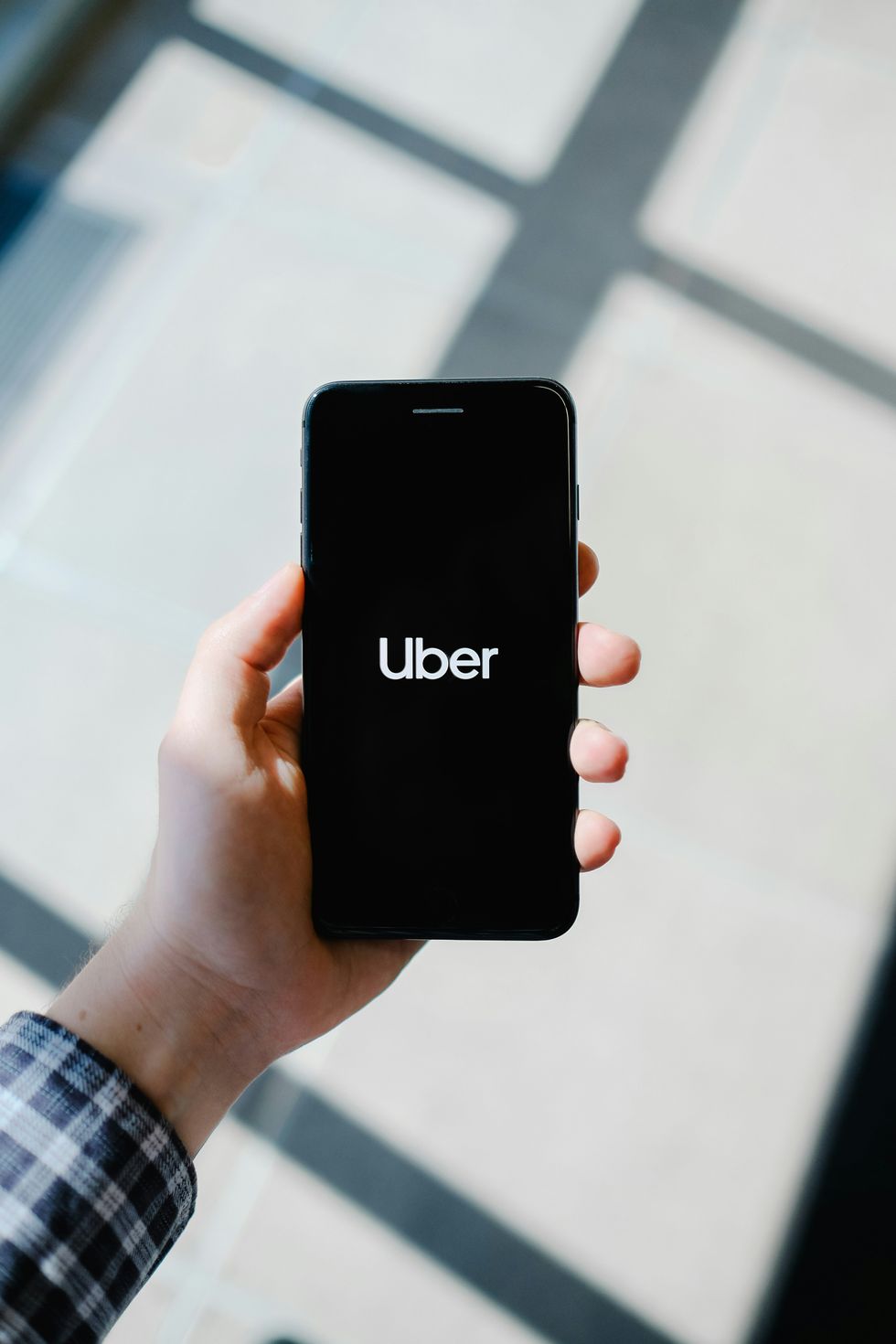 Uber app ready to ride on a smartphone.
Photo by
Uber app ready to ride on a smartphone.
Photo by 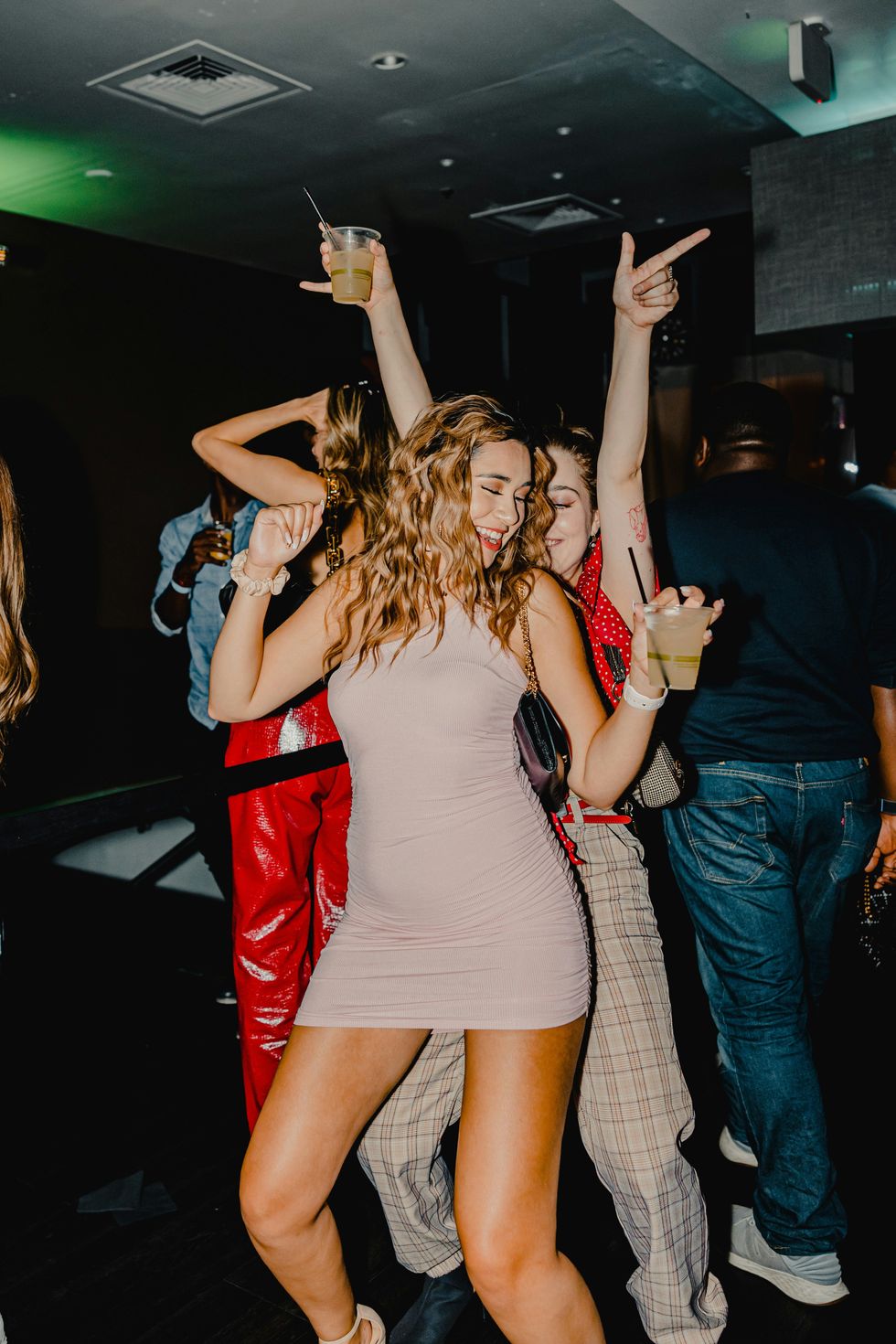 woman in red tank top and blue denim shorts standing beside woman in black tank top
Photo by
woman in red tank top and blue denim shorts standing beside woman in black tank top
Photo by  blue marker on white printer paper
Photo by
blue marker on white printer paper
Photo by  welcome signage on focus photography
Photo by
welcome signage on focus photography
Photo by 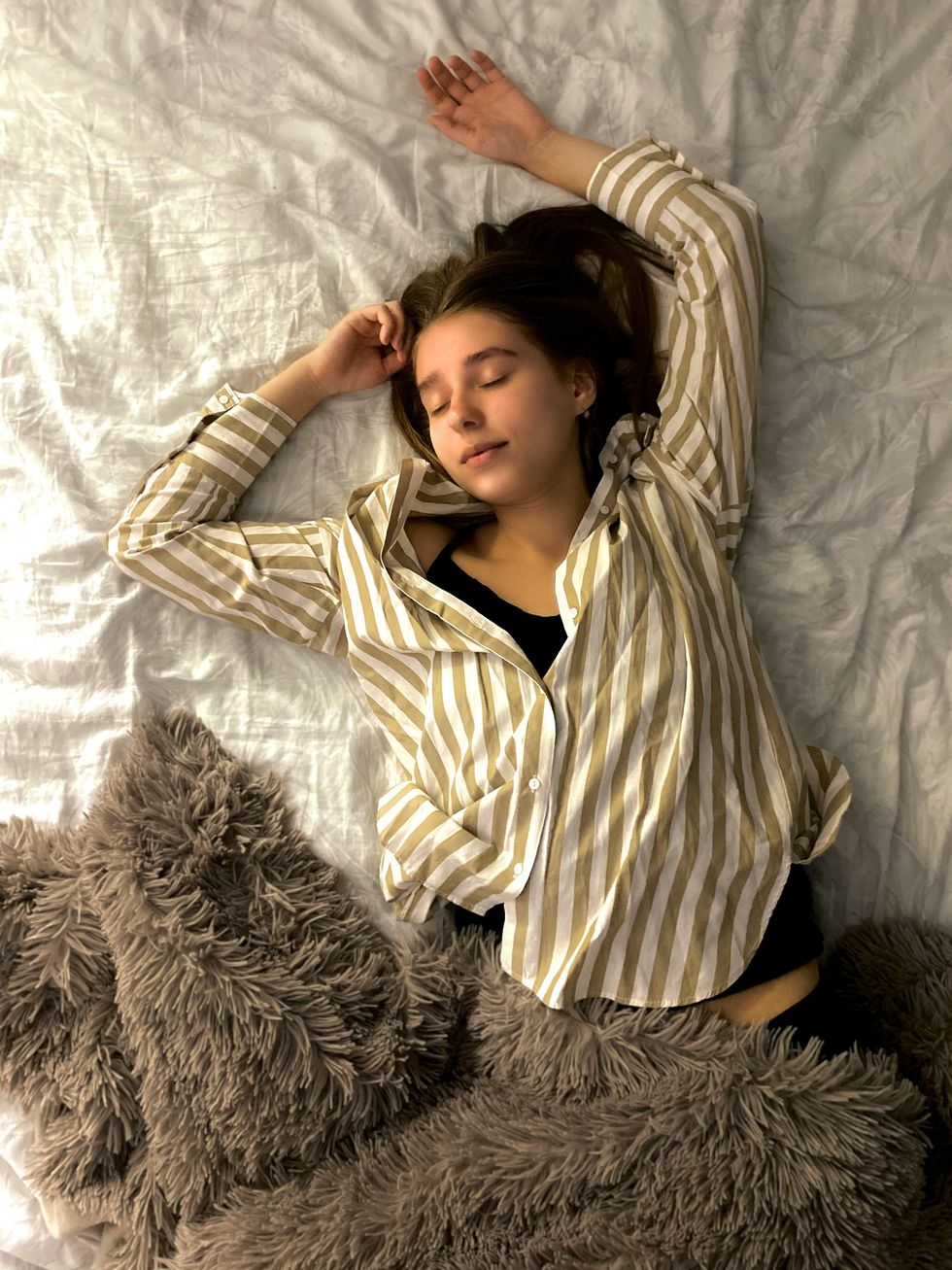 woman in white and black striped long sleeve shirt lying on bed
Photo by
woman in white and black striped long sleeve shirt lying on bed
Photo by 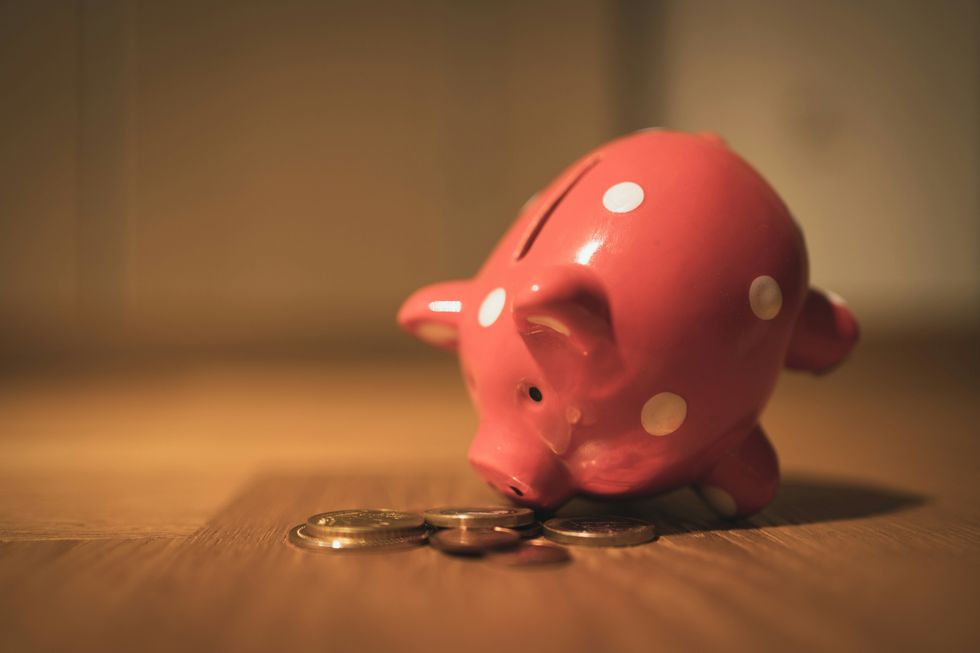 pink pig coin bank on brown wooden table
Photo by
pink pig coin bank on brown wooden table
Photo by  person holding iPhone 6 turned on
Photo by
person holding iPhone 6 turned on
Photo by  person holding pencil near laptop computer
Photo by
person holding pencil near laptop computer
Photo by  person slicing vegetable
Photo by
person slicing vegetable
Photo by 
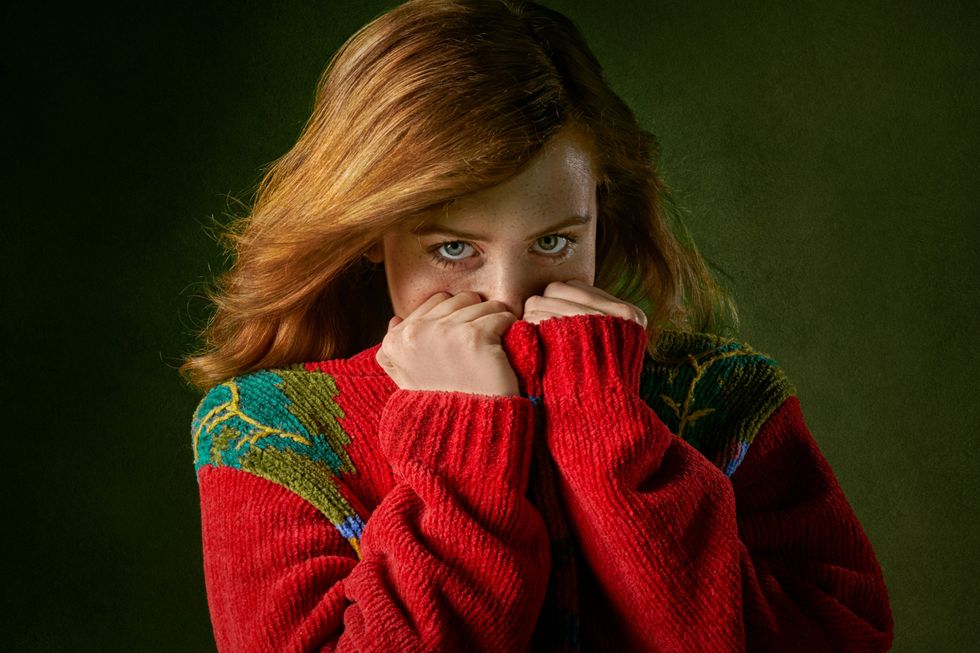 woman covering mouth with sweater
Photo by
woman covering mouth with sweater
Photo by 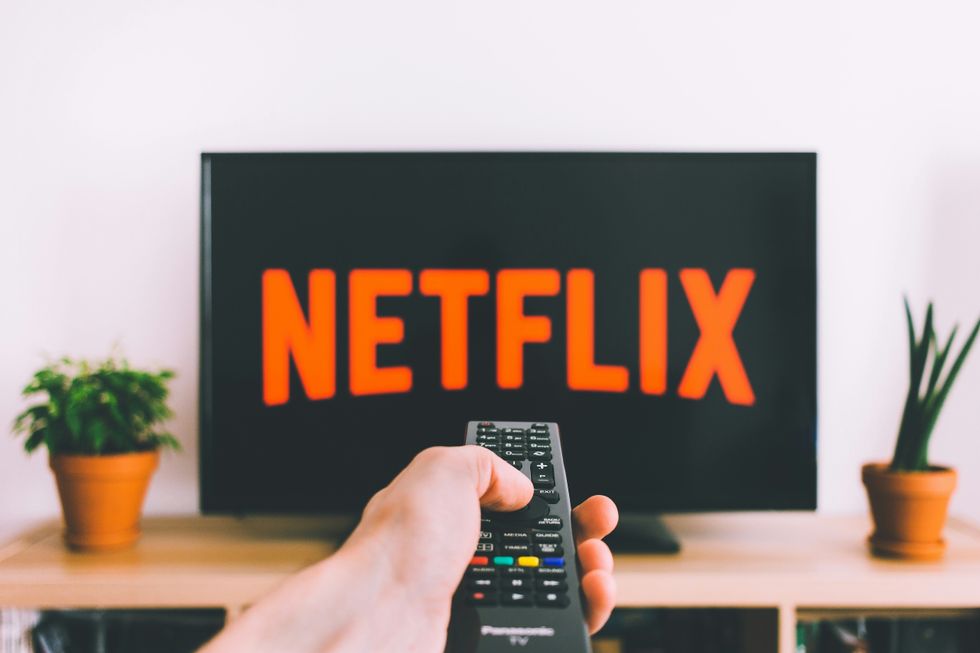 person holding remote pointing at TV
Photo by
person holding remote pointing at TV
Photo by 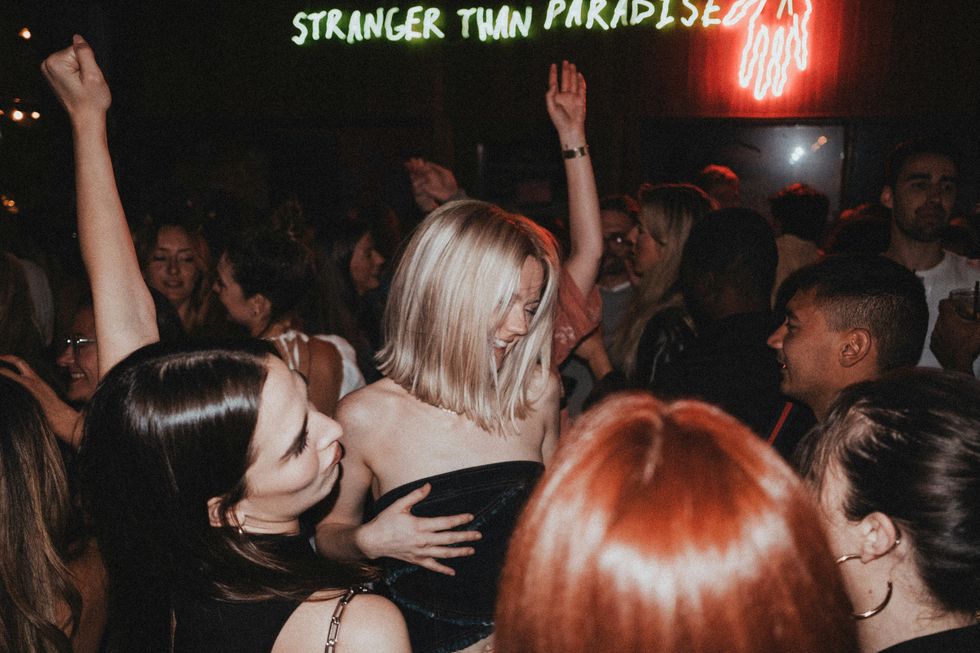 a woman with her arms raised in a crowd of people
Photo by
a woman with her arms raised in a crowd of people
Photo by  "Shocked disbelief: '95% of the population is undateable?'"
"Shocked disbelief: '95% of the population is undateable?'"








